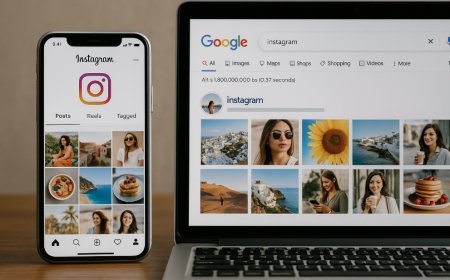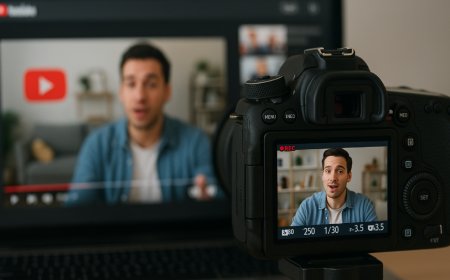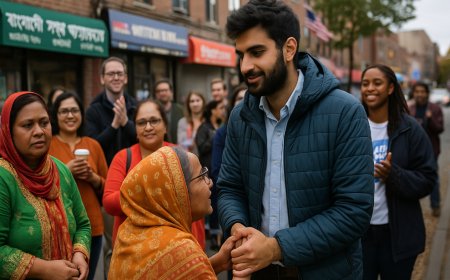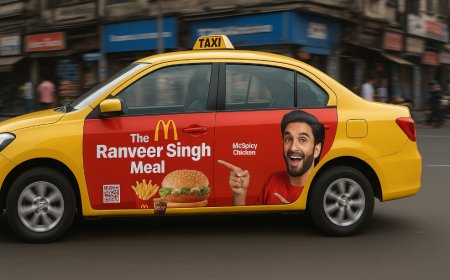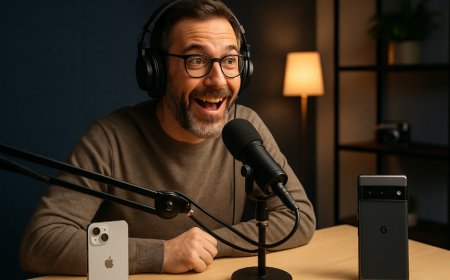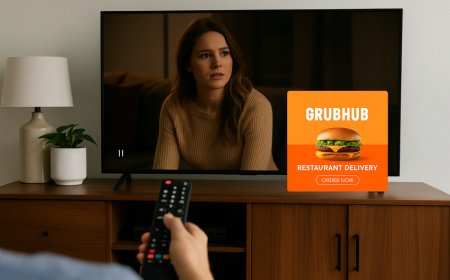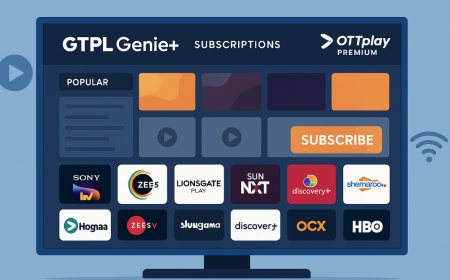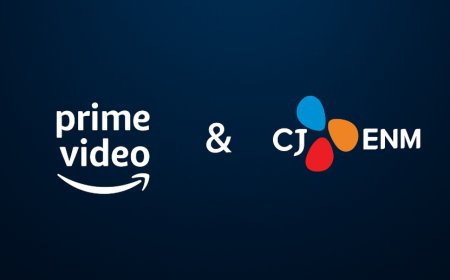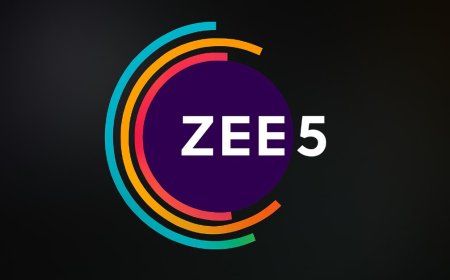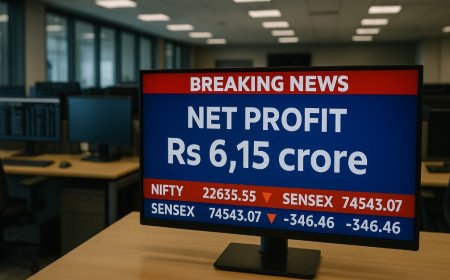Why Hyper-Local is Becoming the New National in Digital Advertising
Digital advertisers are shifting focus from broad national campaigns to hyper-local strategies. Here's why targeting audiences at a neighborhood level is becoming the most effective way to win attention and build trust.

In the evolving landscape of digital marketing, a powerful shift is taking place: brands are trading mass appeal for pinpoint precision. Hyper-local advertising is rapidly emerging as the most effective way to engage modern consumers.
What is Hyper-Local Advertising?
Hyper-local advertising refers to marketing strategies that target consumers in a very specific geographic location — sometimes as precise as a single neighborhood or a few city blocks. Unlike traditional national campaigns that cast a wide net, hyper-local campaigns are designed to speak directly to audiences based on where they live, shop, and interact.
This method has gained traction thanks to advancements in location-based data, geotargeting, and mobile advertising platforms.
Why the Shift from National to Local?
1. Increased Consumer Relevance
Consumers today expect personalization — not just in what they see, but where they see it. A local clothing boutique ad tailored for someone walking through that neighborhood has significantly higher engagement potential than a generic national ad. Hyper-local campaigns make messages feel more personal and timely.
2. Better ROI with Smaller Budgets
National campaigns can be expensive and less efficient. Hyper-local campaigns allow brands, especially small and medium-sized businesses, to maximize their budgets by focusing only on high-conversion areas. Whether it’s promoting a weekend sale or announcing a store opening, local targeting ensures that marketing dollars are spent where they matter most.
3. The Rise of Mobile and Voice Search
Thanks to smartphones and smart speakers, “near me” searches have skyrocketed. Whether it's looking for a “café near me” or “best yoga studio in [area],” consumers now expect digital ads to be contextually relevant to their immediate location. Brands that optimize for hyper-local intent show up when it matters most — in real-time, high-intent moments.
How Brands Are Using Hyper-Local Effectively
-
Retail Chains are tailoring offers by store location, adjusting prices, promotions, or inventory based on local trends and demands.
-
Food Delivery Apps use local insights to promote restaurant deals that are only available in specific delivery zones.
-
Healthcare Services are targeting audiences by proximity to clinics or hospitals, with health packages or appointment reminders customized per region.
-
Political Campaigns are micro-targeting voters with messages that resonate with their community’s issues and cultural context.
Technology Behind the Shift
The surge in hyper-local targeting has been made possible by:
-
Geofencing and GPS technology
-
Mobile app data and real-time location tracking
-
Programmatic advertising platforms
-
Local SEO and Google Business Profiles
These tools allow advertisers to serve content based on real-world behaviors and local relevance, not just demographic assumptions.
Challenges to Keep in Mind
While hyper-local advertising is promising, it’s not without hurdles:
-
Privacy concerns around location tracking
-
Over-segmentation leading to fragmented messaging
-
Creative scaling, since multiple locations may require custom assets
Advertisers must balance personalization with privacy and maintain creative consistency while localizing campaigns.
The Future: Local is Global
As digital audiences grow more connected yet more localized in behavior, the definition of reach is changing. The goal is no longer just to go viral across the country — it's to become visible and valuable in a user’s immediate world.
Even global brands are adapting their tone and content to mirror the ethos of each locality. Whether it’s dialect, festivals, local influencers, or neighborhood news — the brands that win are the ones that blend in before they stand out.
Conclusion
In today’s digital age, relevance beats reach. Hyper-local advertising isn’t just a trend — it’s a response to a more informed, mobile, and demanding consumer base.
What's Your Reaction?
 Like
0
Like
0
 Dislike
0
Dislike
0
 Love
0
Love
0
 Funny
0
Funny
0
 Angry
0
Angry
0
 Sad
0
Sad
0
 Wow
0
Wow
0
